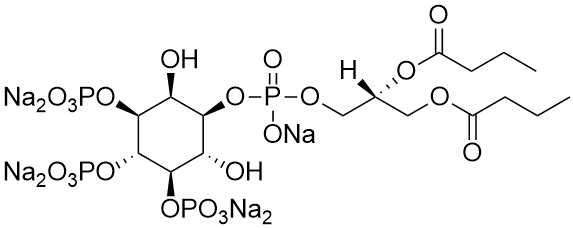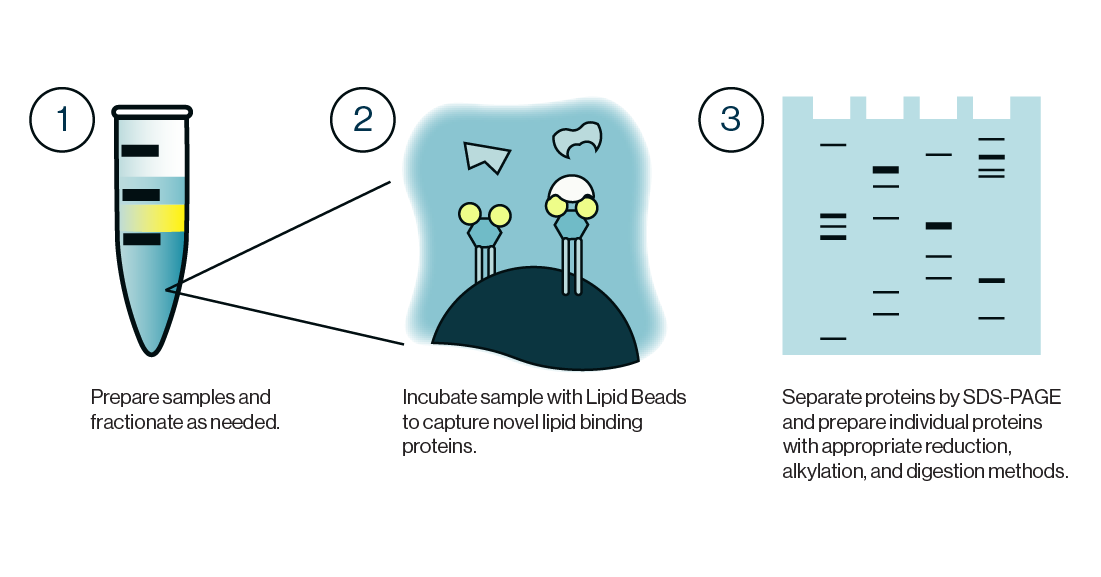Biotin PI(3,4,5)P3 (Biotin Phosphatidylinositol 3,4,5-trisphosphate) is a water soluble analog of PI(3,4,5)P2 (PIP3) labeled with biotin at the sn-1 position.
Phosphoinositides (PIPns) are minor components of cellular membranes but are integral signaling molecules for cellular communication. Phosphatidylinositol 3,4,5-trisphosphate (PIP3), formed from PI(4,5)P2 though phosphorylation by PI 3-kinase, activates numerous signaling pathways resulting in cell proliferation, growth, survival, glucose transport and protein synthesis. High PIP3 levels from disregulation of PI3-K have been demonstrated in cancer and inflammatory diseases. PIP3 is hydrolyzed by the phosphatases PTEN to PI(4,5)P2 and SHIP to PI(3,4)P2.





